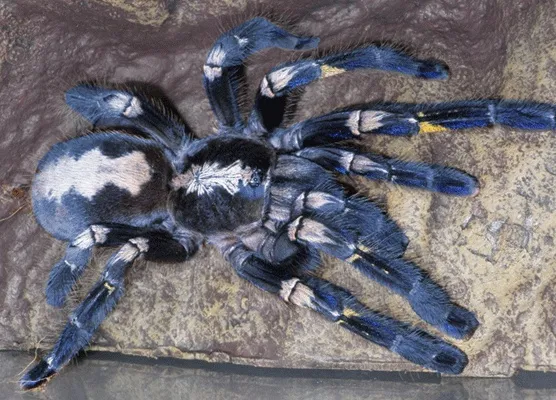What are Tarantula Features?
Tarantulas, belonging to the Theraphosidae family, are fascinating creatures with a suite of specialized features that make them successful predators and survivors in diverse habitats. These arachnids, often feared but equally admired, have evolved unique characteristics that set them apart from other spiders. Their impressive size, coupled with distinctive body structures, intricate sensory systems, and remarkable defensive mechanisms, contribute to their survival. From their robust exoskeletons and powerful legs to their venomous fangs and silk-producing spinnerets, every aspect of a tarantula’s anatomy plays a crucial role in its survival. Understanding these features provides insight into the complex lives of these incredible creatures and dispels many misconceptions surrounding them. Furthermore, knowing about them is a crucial step in helping promote their conservation and respect in their natural environment.
Size and Appearance
One of the most striking features of tarantulas is their size. They are among the largest spiders in the world, with some species boasting leg spans exceeding 10 inches (25 cm). Their bodies are typically covered in hairs called setae, which vary in color and texture depending on the species. These hairs not only give tarantulas a fuzzy appearance but also serve several important functions, including sensory perception and defense. The coloration of tarantulas ranges widely, from earthy browns and blacks to vibrant blues, oranges, and reds, which can aid in camouflage within their respective habitats. Their overall appearance is a testament to their adaptation to a variety of environments. The body of a tarantula is divided into two main parts the cephalothorax and the abdomen. The cephalothorax houses the head, eyes, mouthparts, and legs, while the abdomen contains the internal organs.
Body Structure
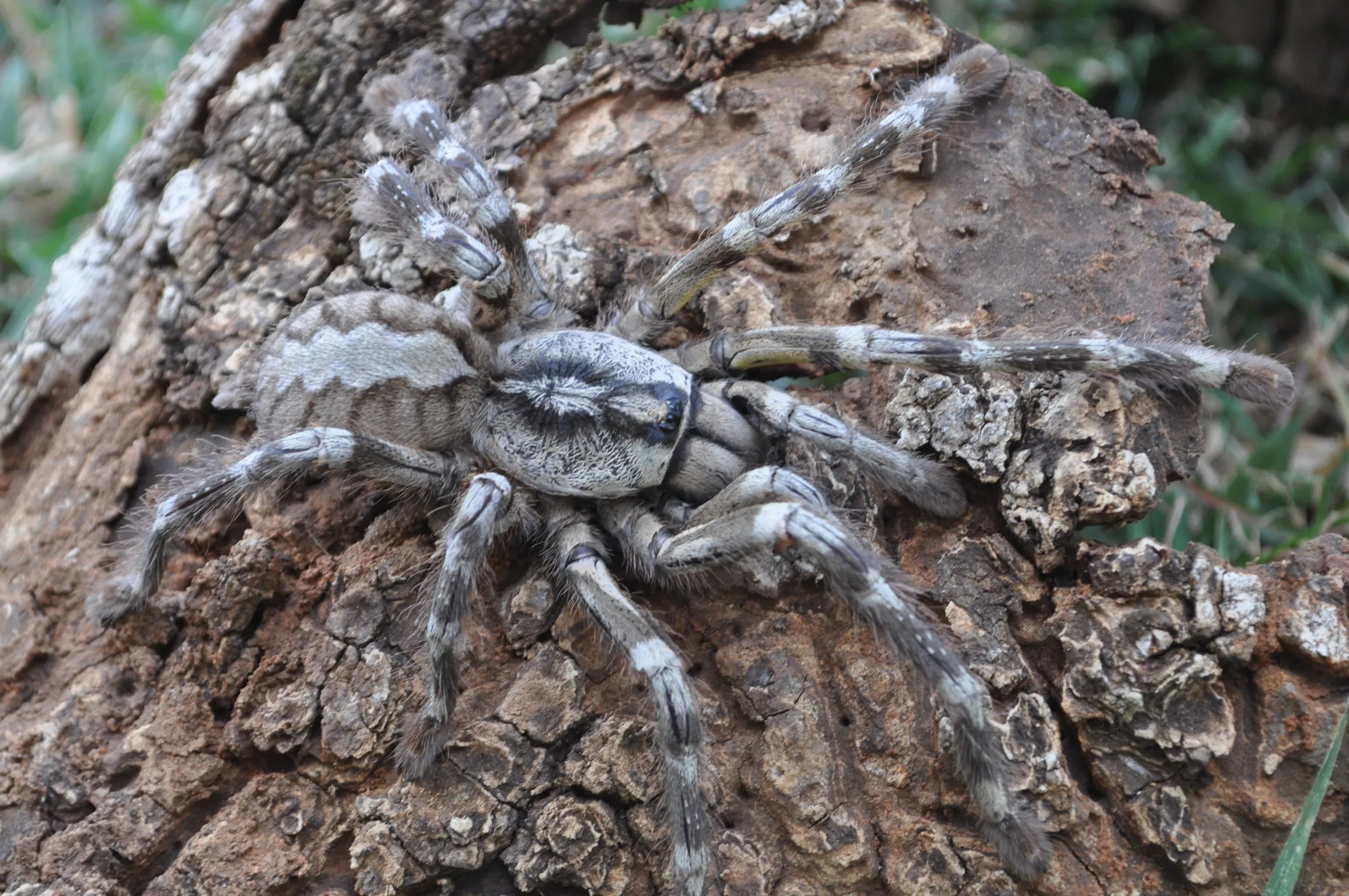
The body structure of a tarantula is specially designed for its lifestyle. The cephalothorax, or prosoma, is the front section, where the head and thorax are fused. This section contains the spider’s eyes, mouthparts, and legs, providing essential functions for survival. The abdomen, or opisthosoma, is the rear section, housing the spider’s internal organs, including the heart, digestive system, and silk-producing spinnerets. This separation of functions allows for efficient movement, feeding, and reproduction. The tarantula’s segmented body and flexible joints provide the agility needed for hunting and navigating its environment. The overall design is a result of millions of years of evolution, producing a spider that has adapted to its environment.
Exoskeleton
The exoskeleton, a hard, protective outer covering, is a key feature of tarantulas. Made of chitin, it provides support and protection against predators and environmental hazards. Unlike vertebrates with internal skeletons, tarantulas have to shed their exoskeleton through a process called molting to grow. This process leaves them vulnerable but allows for an increase in size. The exoskeleton’s robust nature protects them from harm, and also provides attachment points for muscles, enabling movement and agility. The exoskeleton serves as a protective barrier against desiccation, a critical adaptation for survival in diverse environments. The exoskeleton also plays a role in camouflage and is usually colored according to the environment.
Legs and Movement
Tarantulas are known for their eight legs, which are covered in hairs and provide a variety of functions. They use their legs for walking, climbing, and sensing their environment. The legs of a tarantula are not only for mobility; they are also equipped with sensory organs that help the spider detect vibrations, temperature, and other environmental cues. Their legs end in claws, which help them grip surfaces, and their specialized joints allow them to maneuver through varied terrains. The length and thickness of a tarantula’s legs vary by species, affecting its agility and speed. The legs are also used for mating, as males have modified legs called pedipalps that are used to transfer sperm. These legs contribute to the tarantula’s hunting prowess.
Sensory Abilities

Tarantulas possess a range of sensory abilities that allow them to navigate their environment and hunt prey. Their sensory systems are well-adapted to detect vibrations, chemicals, and other stimuli crucial for survival. These sophisticated sensory systems play a key role in how they locate food, avoid predators, and find mates. Their reliance on these senses is a testament to their adaptability and ability to thrive in diverse habitats. These include an impressive sense of sight, chemoreception (sense of smell), and the ability to detect vibrations through the hairs on their legs.
Eyesight
Tarantulas have a surprisingly good sense of vision, which helps them detect movement and perceive their surroundings. Most tarantulas have eight eyes arranged in two rows, providing a wide field of view. However, their vision is not as sharp as that of some other predators. They are particularly adept at detecting movement, which aids in hunting. Some species also have the ability to see in color, which could help them identify potential prey or mates. Their eyes are designed to perceive shadows and changes in light, making them effective hunters both during the day and at night. Even though they have good eyesight, their vision is not their primary sense; they rely much more on the sensory hairs on their legs.
Chemoreception
Chemoreception, or the sense of smell and taste, plays a crucial role in a tarantula’s life. Tarantulas use chemoreceptors located on their legs, mouthparts, and palps to detect chemical signals in their environment. These receptors help them identify potential prey, recognize mates, and avoid danger. The ability to detect chemical cues allows tarantulas to assess their surroundings and make informed decisions about feeding, mating, and defending themselves. This sense of smell helps them detect pheromones and other scents. Tarantulas can use chemoreception to identify potential mates, making it an essential part of their reproductive behavior. Chemoreception is an important survival strategy for tarantulas, as it helps them navigate their environment and make important decisions.
Defensive Mechanisms
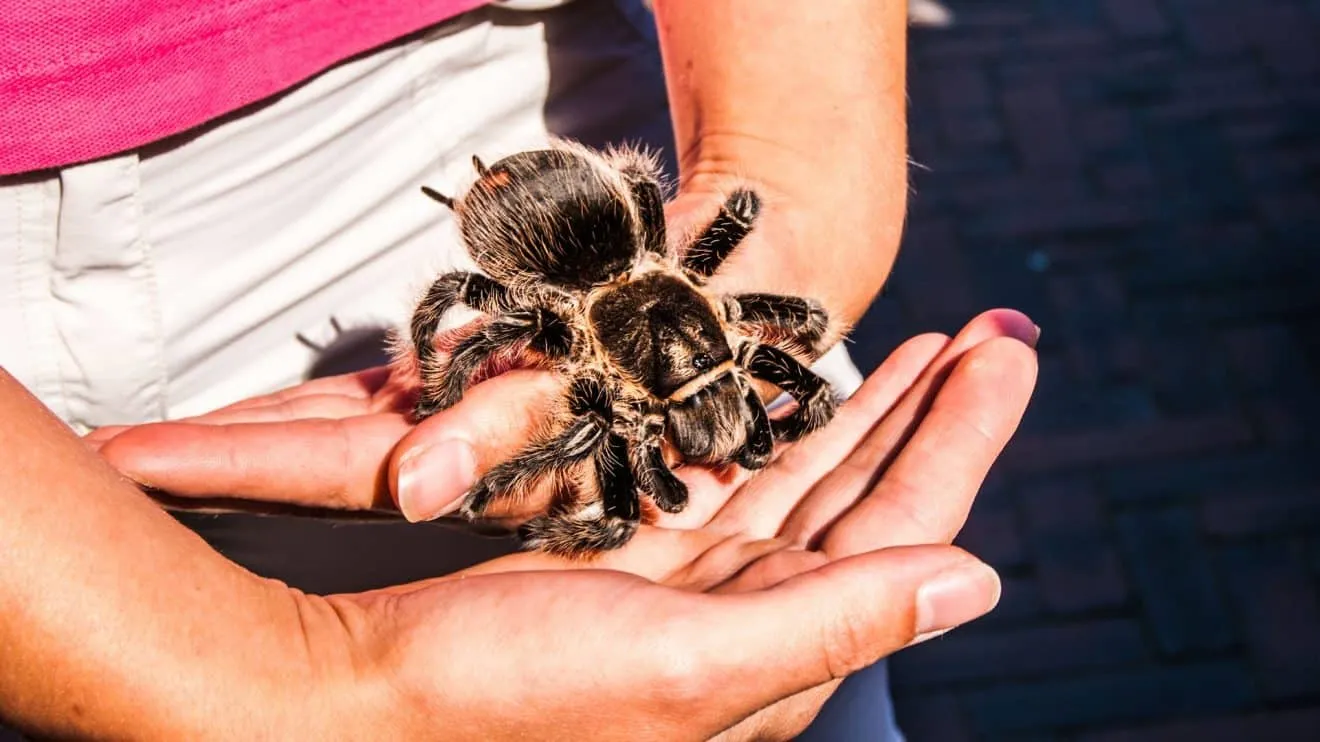
Tarantulas have evolved a range of defensive mechanisms to protect themselves from predators. These defenses include the use of venom, urticating hairs, and the ability to flick these hairs towards potential attackers. Each of these defense strategies enhances the tarantula’s ability to survive in various environments. These mechanisms serve to deter predators and ensure the survival of the spider. Through natural selection, the spiders have developed these defenses to protect against a variety of threats.
Fangs and Venom
Tarantulas possess large fangs that they use to inject venom into their prey. These fangs, or chelicerae, are located on the front of the cephalothorax and are used for both capturing prey and self-defense. The venom is a complex mixture of toxins that immobilize and begin the process of digestion. While the venom of most tarantulas is not deadly to humans, a bite can be painful and cause localized symptoms. Their fangs can be quite large, capable of piercing the skin. Although they use their fangs primarily to subdue prey, they also serve as a defense mechanism against threats. While bites can be painful, they are rarely life-threatening, unless a person has an allergic reaction to the venom.
Setae and Hairs
Many tarantula species have specialized hairs called urticating hairs, which they use as a defense mechanism. These hairs are located on the abdomen and are flicked towards potential threats. The hairs are barbed and can cause significant irritation to the skin and eyes of predators. This defense mechanism is particularly effective against mammals, deterring them from approaching or attacking the tarantula. The urticating hairs are a key defense mechanism. These hairs are a crucial part of the tarantula’s defense arsenal, as they can cause significant discomfort. The effect of the hairs varies by species. Some tarantulas are known to be less aggressive than others and use these hairs as their primary defense.
Silk Production
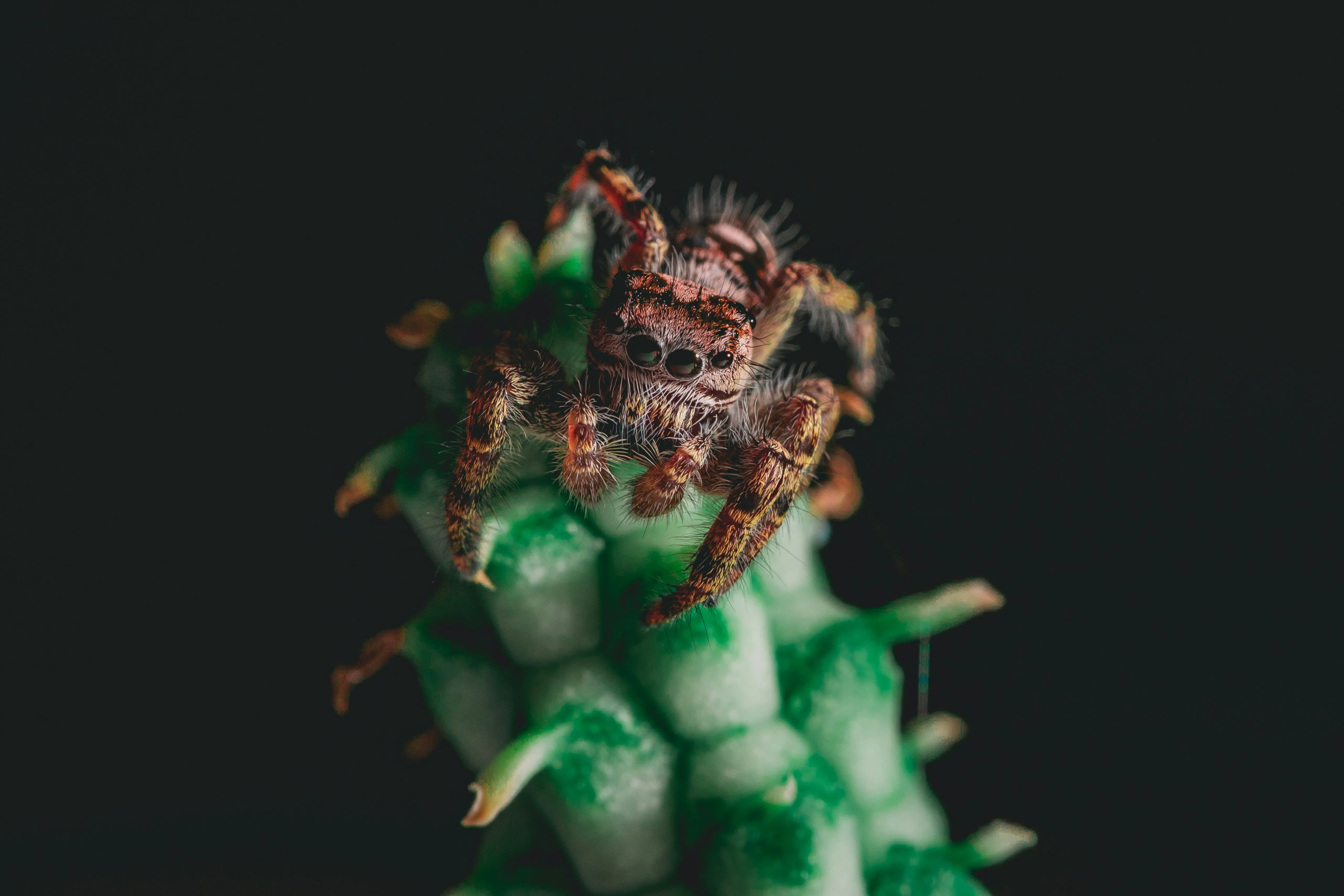
Silk production is an essential feature of tarantulas, used for a variety of purposes, from creating shelter to capturing prey. The silk is produced by spinnerets located on the abdomen. This silk is a versatile material that helps tarantulas adapt to their environment. Silk plays a major role in their survival, allowing them to hunt and protect themselves. This silk is used to create a variety of structures. The versatility of silk is a key factor in the tarantula’s success.
Spinnerets
Spinnerets, located at the rear of the abdomen, are the organs that produce silk. Tarantulas have multiple spinnerets, each capable of producing different types of silk. These spinnerets are connected to silk glands inside the spider’s body. The number and arrangement of spinnerets vary by species, but they all serve the same function: to produce and release silk. They are flexible and adaptable, allowing tarantulas to make a variety of silk structures. These spinnerets allow for the creation of diverse silk structures. They are the key to the tarantula’s ability to make silk and play an essential role in its survival.
Silk Uses
Tarantulas use silk for a multitude of purposes. They use silk to create burrows, line their nests, and create draglines for movement. Silk is also used in hunting to wrap prey and construct traps. During molting, silk is used to create a secure environment. Silk is used in the mating process to create sperm webs and for the protection of eggs. Silk provides support for the tarantula’s lifestyle. They create a silk home to protect them from the environment. The different uses of silk show how versatile this material is to tarantulas.
Diet and Feeding
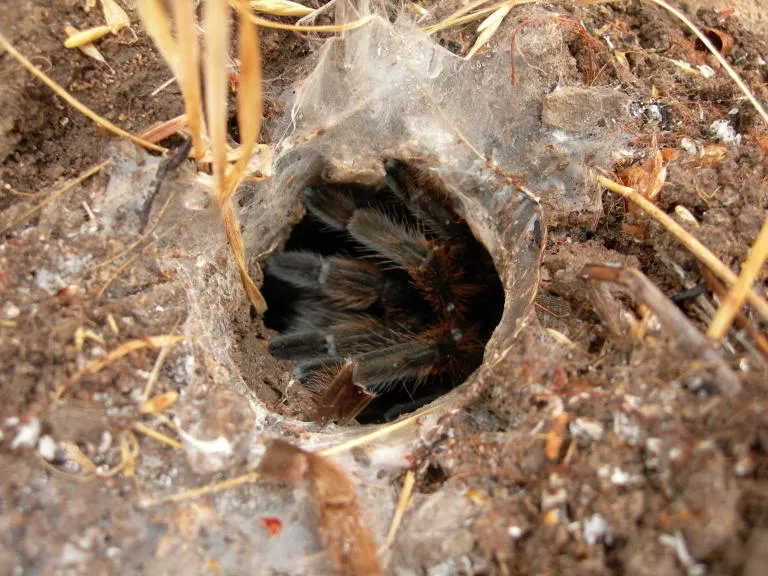
Tarantulas are primarily carnivorous, and their diet consists of a variety of insects, small vertebrates, and other invertebrates. They are opportunistic predators, feeding on whatever prey they can catch. The hunting behavior and diet of tarantulas contribute to their important role in their ecosystems. Their diet is highly varied, depending on the species and habitat. Their hunting techniques and dietary preferences make them efficient predators. Their diet varies depending on their species and environment. Tarantulas play a key role in controlling the population of insects in their habitats.
Eating Habits
Tarantulas use their fangs to inject venom into their prey, immobilizing it and starting the digestive process. Once the prey is subdued, the tarantula uses its chelicerae and mouthparts to grind the food. They typically consume the internal fluids and tissues of their prey, leaving behind the exoskeleton or other indigestible parts. They often consume the exoskeleton or other indigestible parts. They are known for their voracious appetite. Their eating habits vary depending on their prey and habitat. The spider’s eating habits are fascinating because they are opportunistic feeders.
Digestive System
Tarantulas have a specialized digestive system that allows them to process their food. They have a sucking stomach, which is connected to a series of digestive organs. Their digestive system is capable of breaking down the prey. They inject digestive enzymes into their prey, breaking down the internal tissues into a liquid form. The tarantula then sucks up the nutrient-rich fluids, leaving behind the undigestible parts. The tarantula has a very effective digestive system to absorb all the nutrients. The digestive process is complex and involves the use of enzymes. Their digestive system is an essential part of their predatory lifestyle and it lets them use all the nutrients.
